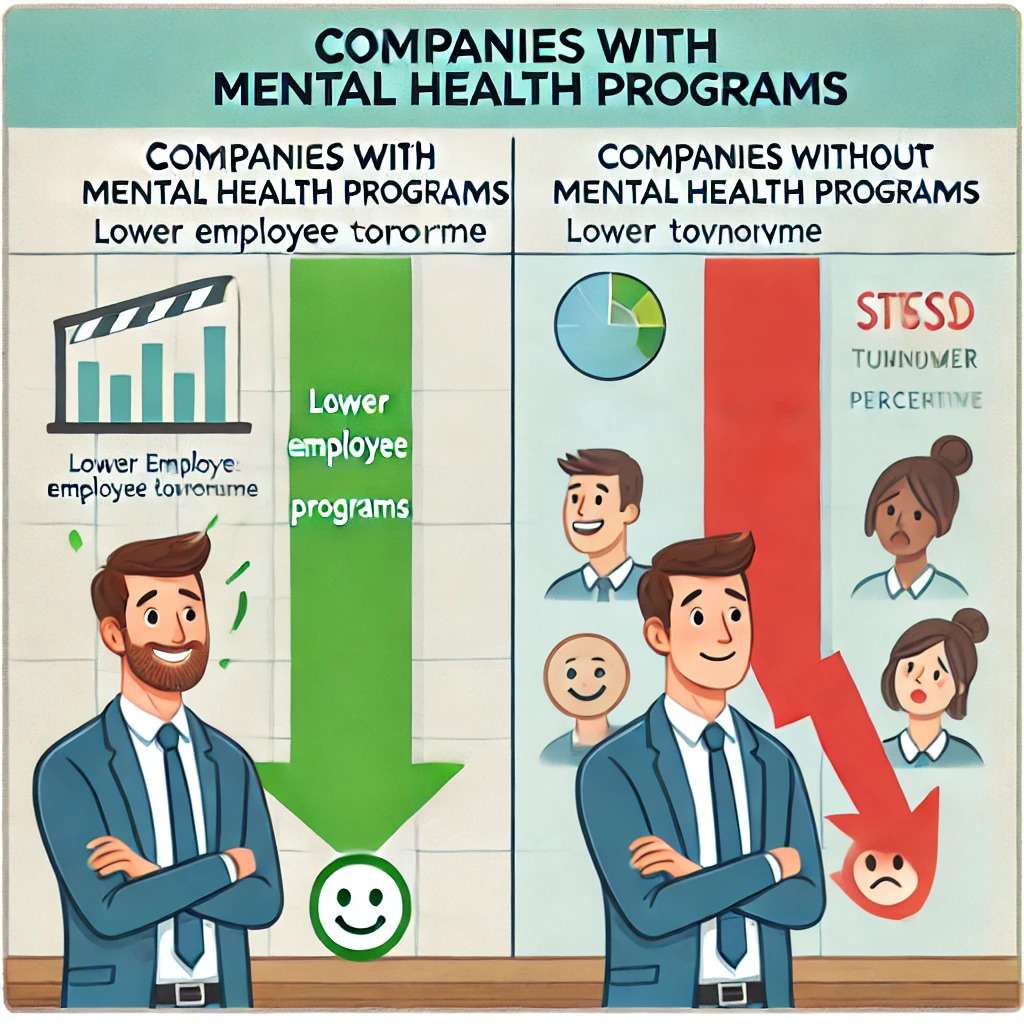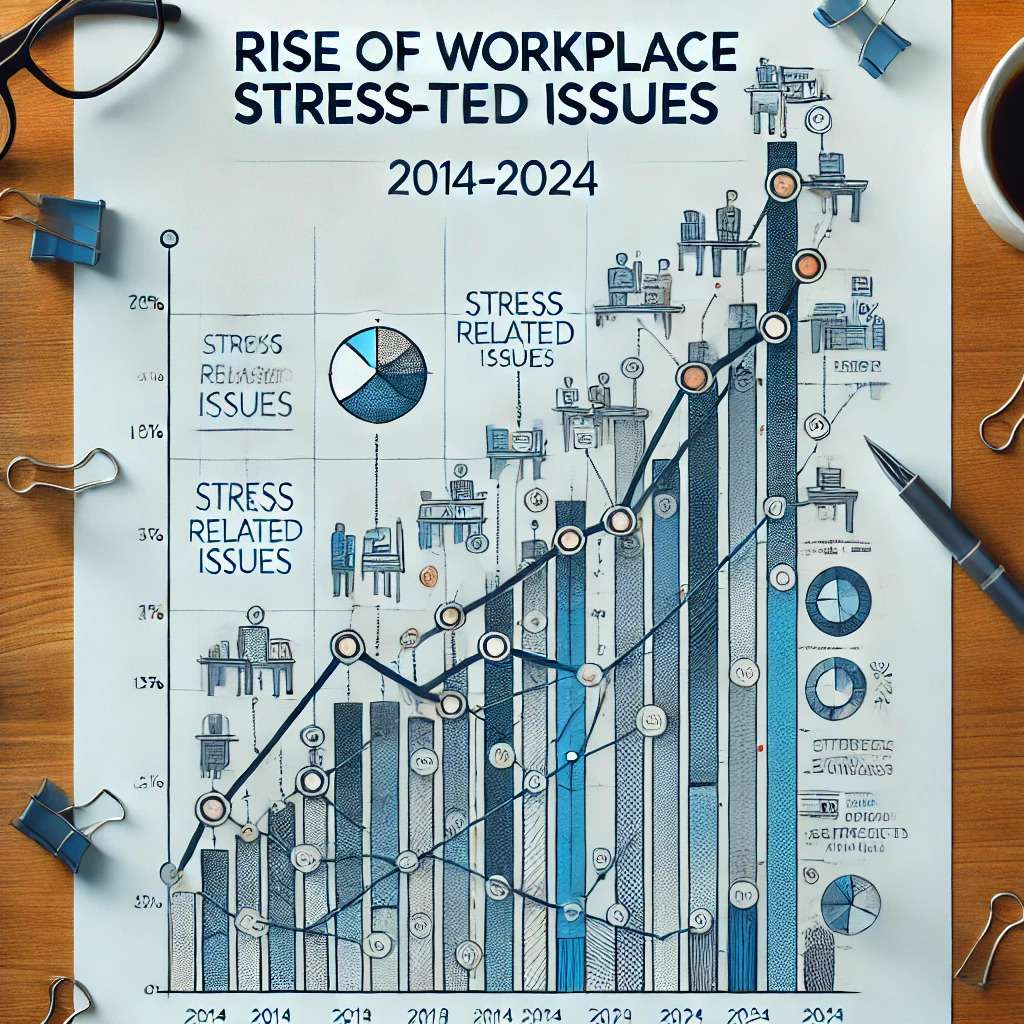The recent death of Anna (Anna Sebastian Perayil), an employee at Ernst & Young (EY), has shocked the corporate world, igniting a serious discussion about the effects of workplace pressure on mental health. Anna’s father recently broke his silence following her mother’s viral letter, sharing deep insights into the burden their daughter faced in her job. As we delve into the tragic event, it’s crucial to understand the implications for employee well-being and how companies must take responsibility for safeguarding their workforce.
Key Takeaway Points:
- Workplace Pressure can have serious mental health consequences, as seen in the tragic case of EY employee Anna.
- Mental Health Support is critical for employee well-being and retention, with programs like Employee Assistance Programs (EAPs) and mental health check-ins proving effective.
- Employers should adopt best practices like flexible working hours, balanced workloads, and open communication to prevent burnout and stress.
- Toxic work environments can be identified and improved through proactive HR policies, as discussed in the book Toxic Workplace: Identification, Prevention, and Healing.
- Investing in mental health initiatives leads to lower employee turnover and higher productivity, highlighting the need for companies to prioritize these policies.
Understanding the Human Cost of Workplace Pressure
Anna’s passing is not just a personal tragedy but a wake-up call to businesses worldwide. Work pressure, excessive demands, and burnout are too common in today’s corporate environment. According to the World Health Organization (WHO), stress in the workplace has become a global epidemic, affecting millions of employees. Studies show that employees facing extreme stress are twice as likely to suffer from serious health issues, including depression and anxiety.
Corporate Responsibility in Managing Employee Mental Health | Workplace Pressure
With more than 75% of global employees reporting some form of work-related stress, it’s time businesses recognize mental health as a fundamental part of their responsibility. EY, being one of the largest professional services firms, has a duty to assess how their work culture may contribute to employee burnout and mental fatigue. As Anna’s story highlights, failure to address these concerns can lead to devastating consequences.
Key Data: According to Gallup’s 2022 Global Workplace Report, 44% of employees experience stress at work daily, which emphasizes the need for better corporate mental health policies.
Best Practices for Reducing Workplace Stress
- Implement Flexible Work Hours: Allow employees the flexibility to manage their workload at their own pace. For example, the remote work model during COVID-19 showed a 20% increase in employee satisfaction when companies adopted more flexible work arrangements.
- Regular Mental Health Check-ins: Conduct quarterly mental health evaluations, enabling HR to identify employees struggling with burnout or anxiety early on. Implementing tools like mental health apps can also provide on-demand support.
- Workload Distribution: Ensure that no employee is overloaded. For example, by introducing workload balancing software, businesses can prevent task piling that leads to overwhelming pressure.
Why Mental Health Support is Key to Employee Retention
Organizations with strong mental health initiatives report higher retention rates. In 2019, companies like Google and Salesforce saw a 25% increase in employee retention after investing in mental health programs. Providing mental health days and offering Employee Assistance Programs (EAPs) can also significantly improve job satisfaction and loyalty.

Feature of the EY Case: What Employers Can Learn
Anna’s death serves as a reminder that no job should come at the cost of life. It is crucial for employers to:
- Listen to employee concerns: Anna’s mother raised concerns about her daughter’s workload. Employers must have channels for open communication to ensure employees feel heard.
- Proactively manage work-life balance: High-performance organizations should not translate into employees feeling they need to sacrifice their personal well-being for professional success.
Toxic Workplace – A Guide to Prevention and Healing
The story of Anna underscores the need for organizations and employees to recognize the signs of a toxic work environment. For those seeking a deeper understanding of how to prevent workplace toxicity and protect their mental health, my book Toxic Workplace: Identification, Prevention, and Healing provides practical tools and insights. In this book, you’ll learn how to identify the early signs of toxicity, prevent burnout, and promote a healthier workplace culture.
Investing in mental health and well-being is not just a corporate duty but a vital strategy for both personal and organizational success.
Suggested Action Points: How Employers and Employees Can Apply These Learnings and Reduce Workplace Pressure
- For Employers: Start an internal audit of your team’s mental health policies. Begin by implementing quarterly check-ins with employees to assess their workload and mental well-being.
- For Employees: Take mental health days when needed, and don’t hesitate to speak up if you feel overwhelmed. Use mental health apps like Headspace or Calm for daily mindfulness exercises.
- For HR Leaders: Build a Stress-Free Workplace Policy that prioritizes mental health through flexible working arrangements, balanced task allocation, and open communication channels.

Conclusion
Thank you for reading this article. If you found this information helpful, please share it with others who might benefit from learning how to manage workplace pressure. For more insights, check out my book Toxic Workplace: Identification, Prevention, and Healing to help create safer work environments for everyone.
For more valuable HR advice and solutions, don’t forget to visit our blog at HR Optimum.
We value your feedback, so feel free to leave a comment below and let us know your thoughts.
FAQs on Workplace Pressure and Mental Health
1. What is workplace pressure, and how does it affect mental health?
Workplace pressure refers to the stress employees feel from demanding work environments. It can lead to mental health issues such as anxiety, depression, and burnout.
2. What steps can employers take to prevent employee burnout?
Employers can reduce burnout by implementing flexible working hours, offering mental health support programs, and ensuring balanced workloads.
3. What are the signs of workplace burnout?
Signs include constant fatigue, disengagement from work, decreased productivity, and increased irritability.
4. How can employees manage workplace pressure?
Employees can manage pressure by setting boundaries, prioritizing self-care, and communicating openly with supervisors about their workload.
Employee mental health, Corporate stress management, Reducing employee burnout, Toxic workplace, Mental health support in companies, Flexible work policies, Employee Assistance Programs
 Hroptimum Leading to Success
Hroptimum Leading to Success




